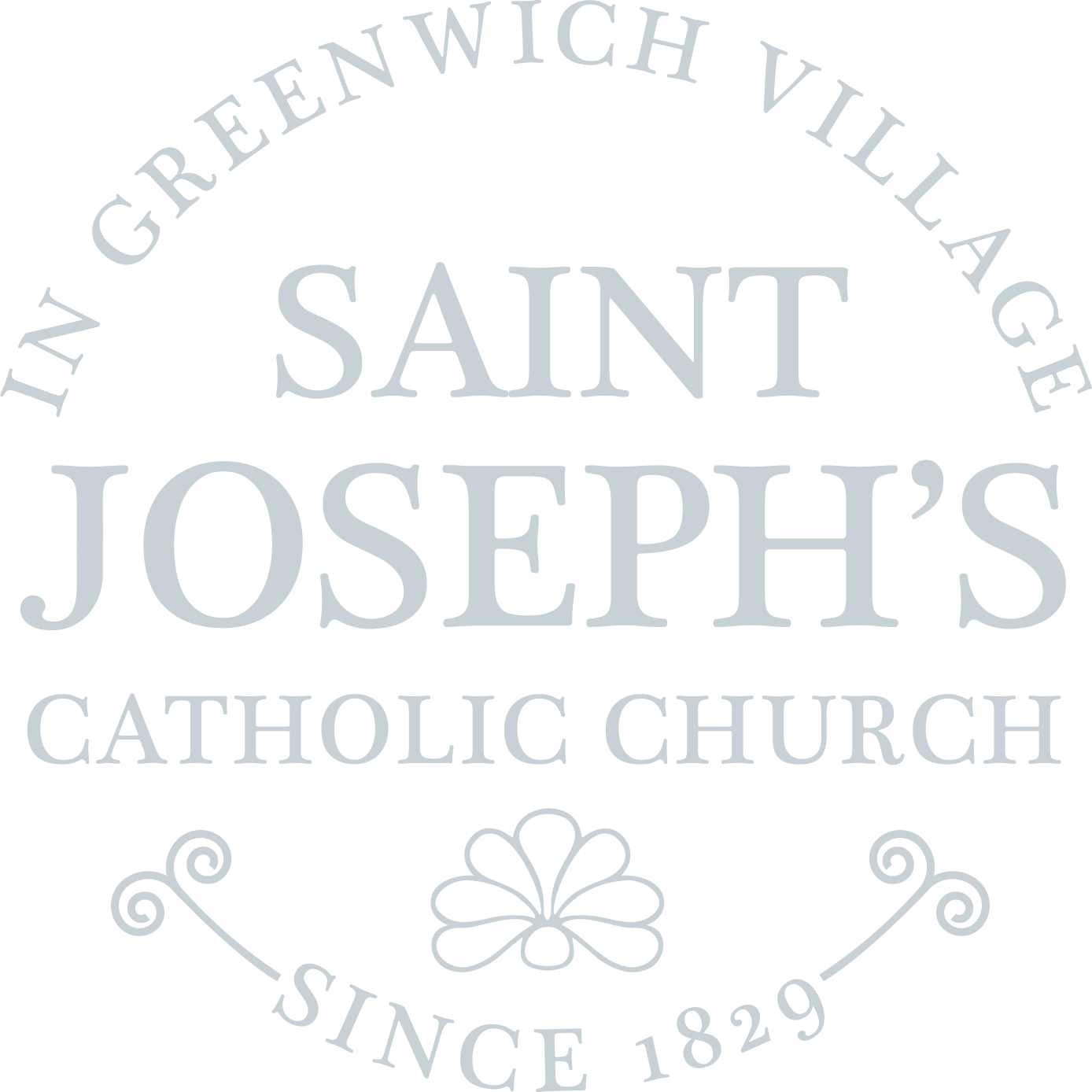April 24th, 2022
divine Mercy Sunday
by Fr. Boniface Endorf, O.P.
—
Dear St. Joseph Parish Family,
Recently Arlene Palmer, an art historian, came to examine our fresco in the church. She is writing a book about the men who painted the fresco and she determined that the fresco is authentic and is the oldest extent true fresco in the United States. She wrote a letter to us providing information about the fresco, which I’ve included below. I’m excited to know that we have such a rare and important artwork in our church!
Have a blessed Divine Mercy Sunday,
Fr. Boniface
The Transfiguration Fresco
by Arlene Palmer*
St. Joseph's has the distinction of having the earliest surviving true fresco painting in the United States. Three Italian artists, Giuseppe Guidicini, Gioachino Albè, and Giovanni Chizzola, created The Transfiguration over the summer of 1835. The church celebrated the completion of the fresco--and hoped to defray its cost-- by holding a grand Oratorio on October 4, 1835.
The work is called a fresco--the Italian word for fresh--because the artists painted on freshly spread, damp plaster, using mineral colors diluted in water. They could only work on a small section of plaster at a time. The wet plaster absorbed the colors. When it was dry, the painting would be durable and retain its original colors. Most nineteenth-century painted interiors were done in an easier and faster "fresco-style" with pigments applied to dry plaster surfaces.
Guidicini and Albè came from Bologna in July 1832 as scenic artists with an Italian opera company. Besides painting scenery, they decorated the first purpose-built theatre for Italian opera in the country at Leonard and Church Streets. When St. Joseph's was dedicated on March 16, 1834, it was Maestro Salvioni of the opera company who directed the music. Chizzola arrived in New York by June 1835 and joined Guidicini and Albè in partnership.
Their beautiful fresco of The Transfiguration is copied after the famous oil painting by Raphael that is in the Vatican. The artists depicted only the three principal figures--Christ, Elijah, and Moses--against a luminous cloud that rises above a serene landscape in soft, warm colors. Discovered under layers of paint during renovations in 1972, this unique and historically important fresco was fortunately saved and restored. Today it inspires and uplifts just as it did when first revealed in 1835.
*The Transfiguration will be featured in Ms. Palmer's forthcoming book about Italian decorative painters in 19th-century America.
